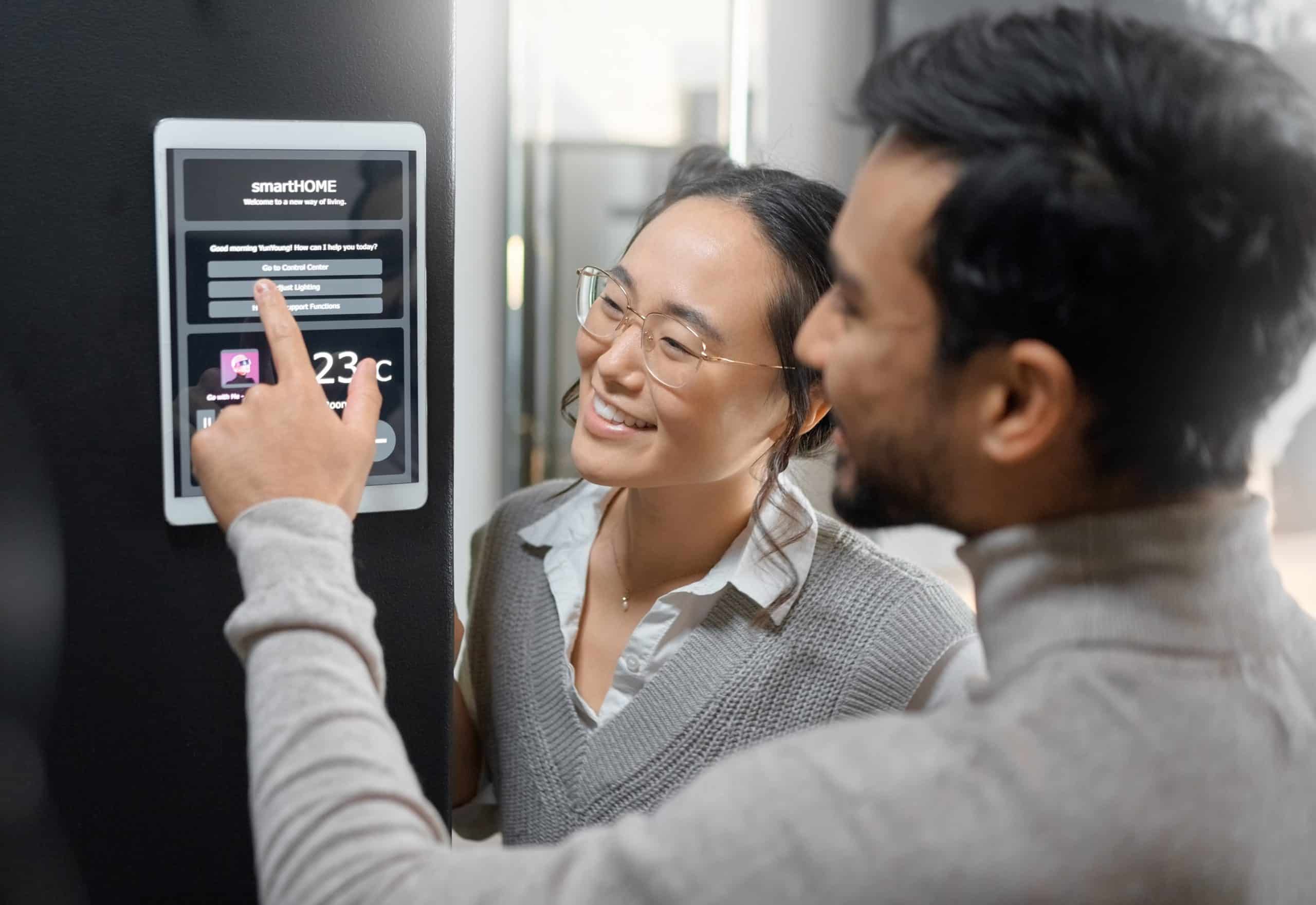There’s no denying the appeal of holiday rentals in the UK. From charming cottages in the Cotswolds to modern apartments in bustling London, these properties often offer more space and comfort than a hotel room. However, if you are planning a family vacation with young children, safety should be your primary concern. Child-proofing a holiday rental property is essential in protecting the well-being of your little guests. This process involves steps like checking for potential hazards, ensuring the safety of doors and windows, and providing baby-friendly amenities. In this article, we will guide you through these steps, enabling you to offer a safe and enjoyable stay for your youngest guests.
Step 1: Conduct a thorough safety check
Before you welcome any guests into your property, conduct a thorough safety assessment. Start by walking through the property and noting any potential hazards. Look for objects that a child could pull down, places they could climb, and any small items they could choke on.
A lire également : What are the best options for holiday rentals in Glastonbury near the festival site?
Pay particular attention to the kitchen and bathrooms, as these areas often contain sharp objects, chemicals, and other hazards. It’s a good idea to provide child locks for any cabinets that contain potentially dangerous items. Furthermore, don’t forget to check for exposed electrical outlets and cover them with safety plugs.
Step 2: Secure doors and windows
Doors and windows can pose a significant risk to young children. To make sure your property is child-friendly, install safety gates at the top and bottom of any stairs, as well as in front of any rooms that may contain hazards.
A lire également : Can you find a holiday rental in the Peak District with a sustainable energy source?
Windows, especially those on higher floors, should be fitted with child-safety locks to prevent them from being opened too far. If your property has balconies or decks, check that the railings are secure and the gaps between them are not wide enough for a child to slip through.
Step 3: Fire safety measures
Fire safety is an essential aspect of any child-proofing efforts. Firstly, ensure that your property is equipped with working smoke detectors. These should be tested regularly to ensure they are functioning correctly.
Next, consider the potential fire hazards within your home. Keep matches, lighters and candles out of reach of children, and ensure that all electrical appliances are in good working order. If you have a fireplace, use a safety gate to keep children away from it.
Step 4: Provide child-friendly amenities
Offering child-friendly amenities not only makes your property safer for children, but it also makes your Airbnb rental more appealing to families. Consider providing a high chair, crib, and baby gates, as well as a selection of toys and books.
Make sure all these items comply with the latest safety standards. For instance, cribs should have slats that are no more than 2 3/8 inches apart to prevent a baby’s head from getting stuck.
Step 5: Establish clear house rules
Lastly, establishing clear house rules can help ensure the safety of your young guests. These rules should clearly state what is allowed and what is not, such as not leaving children unattended, keeping doors and windows locked, and not allowing children to play with certain appliances.
Communication is key in this aspect. Ensure that you discuss these rules with your guests before their stay and provide a written copy in the house for them to refer to.
Remember, child-proofing your holiday rental is not just about following the law, but ensuring your property provides a safe and enjoyable environment for families. By taking these steps, you can ensure that your youngest guests have a memorable and safe stay in your rental.
Step 6: Consider outdoor amenities
Holiday cottages and rentals often come with outdoor amenities like a swimming pool, hot tub, or playground. While these can be a major selling point for families, they also present potential hazards for young children. As a property owner, it’s your responsibility to conduct a thorough risk assessment and take steps to minimize these risks.
If your property has a swimming pool, ensure it is enclosed with a fence that’s at least four feet high and has a self-closing, self-latching gate. A pool alarm can provide an additional layer of security. Hot tubs should have a sturdy, lockable cover that children cannot remove.
For playgrounds or play equipment, check for any sharp edges or protruding screws. Ensure the equipment is stable and that there’s a safe, soft landing area beneath them, like rubber mats or mulch. Regularly inspect and maintain the outdoor amenities to ensure they remain in safe, working condition.
Lastly, always have clear signage stating the house rules regarding the use of these amenities. For example, small children should not be allowed in the hot tub and children should always be supervised when using the swimming pool or playground. Safety signage is not just a good idea, it’s a necessity to keep your young guests safe.
Step 7: Effective communication with your guests
Communication is a crucial element in ensuring child safety. When your guests make a booking, send them a detailed message outlining the safety features and precautions in place at your rental. Include information about the safety gates, child-friendly amenities, outdoor rules, and any other relevant safety instructions.
This is also the time to ask your guests if they have any specific safety needs or concerns. Some guests may be travelling with a baby or toddler and require additional amenities like a baby monitor or bottle warmer. By communicating effectively, you can cater to these needs and ensure your guests have a comfortable, worry-free stay.
Encourage your guests to report any inappropriate content or hazards they come across during their stay and assure them that their health and safety are your top priority. A digital guestbook or a physical print post in the house can also be used to provide clear and concise information about the house rules and safety procedures.
Conclusion
Ensuring a holiday rental in the UK is child-proofed is a detailed process that requires careful assessment, strategic planning, and effective communication. It’s not just about adhering to legal requirements but also about providing a safe, enjoyable environment that caters to the unique needs of families with young children.
By following the steps outlined in this article, you can ensure the safety of your youngest guests and make your property a preferred choice for families. Remember, when parents feel that their children are safe, they are more likely to relax and enjoy their stay, leading to positive reviews and repeat bookings.
Always stay updated with the latest safety standards and continually reassess and adapt your measures. Safety is an ongoing commitment that should never be compromised.
We hope this guide has been helpful and that you will be able to apply these tips to your own holiday rental. Don’t forget to subscribe to our blog for the latest tips and advice on managing holiday rentals. If you liked this post, don’t hesitate to like and share it with other property owners.











